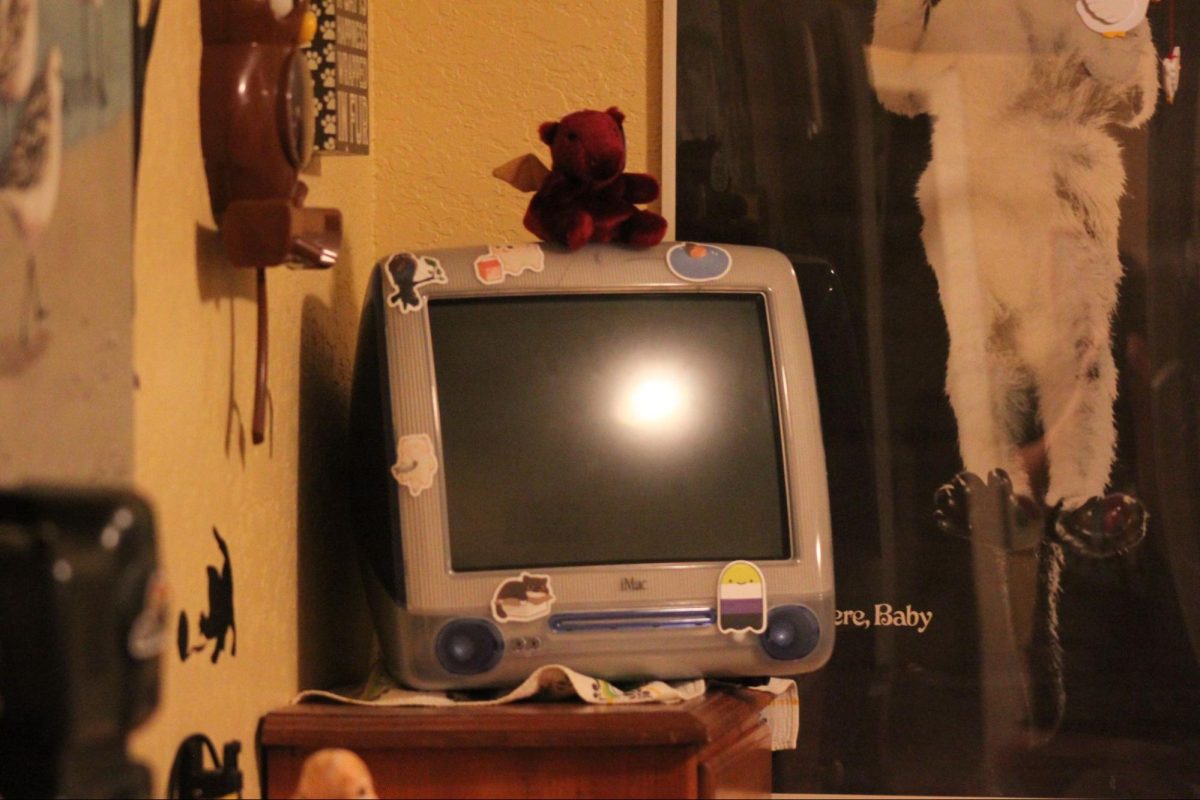Confronting Bothell’s class size crisis
Are cramped classes conductive to learning?
October 16, 2018
This year many students and staff members alike have returned to school noticing that their classes are larger than before.
According to Ms. Jody Lineman, her classes are significantly larger than last year with her AP English Language classes last year having around 30 students compared to classes this year with 36 students. Lineman says that “a larger class prevents me from giving as much feedback– fewer essays and timed writes.”
The College Board recommends class sizes of no more than 24 students, especially for AP courses.
Mr. Joseph Baillargeon agrees that class sizes have gotten out of hand, but feels that this development is not recent; his class sizes have been consistent over the past couple of years. “There is not a huge difference between 30 and 34 students in a class, but 36 students is crazy!” Baillargeon declares.
The absurdly large class sizes that BHS is experiencing this year doesn’t provide an environment for teachers to teach, nor does it support student learning and success.
Peyton Neal (‘19) explains that “Having smaller classes allows for more sharing to happen. Smaller classes allow for me to feel more comfortable sharing, even if it is not in one of my stronger subjects.”
Cicely Wu (‘19) compares her experiences in a smaller English class last year with a larger English class this year. She feels that “in smaller classes, the teacher helps each student and each student gets more attention and assistance.”
James Johnson (‘19) explains that while he prefers smaller classes, “larger classes do have some benefits with more diversity of opinions and more peers to turn to for assistance.”
As an educational institution, let’s put students first and stop compromising learning for any reason.






